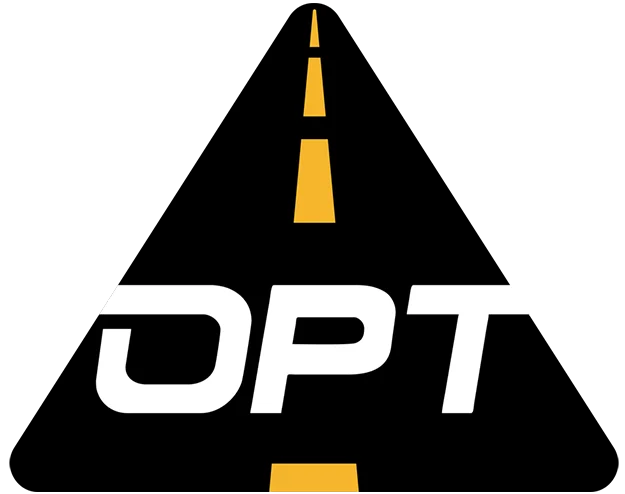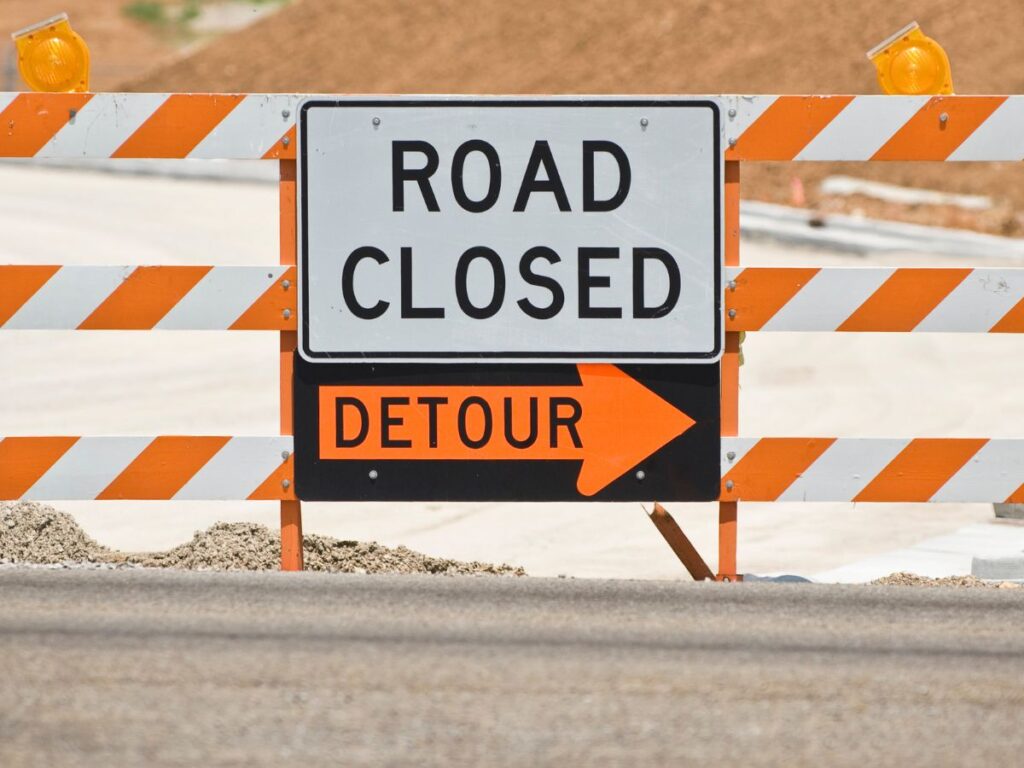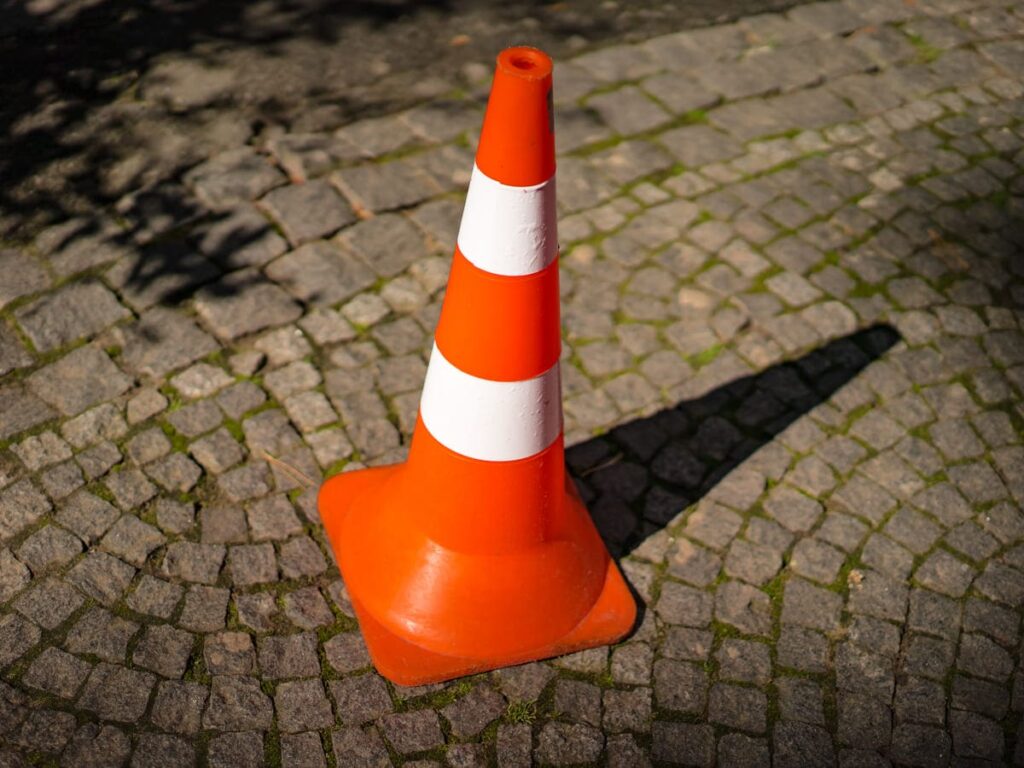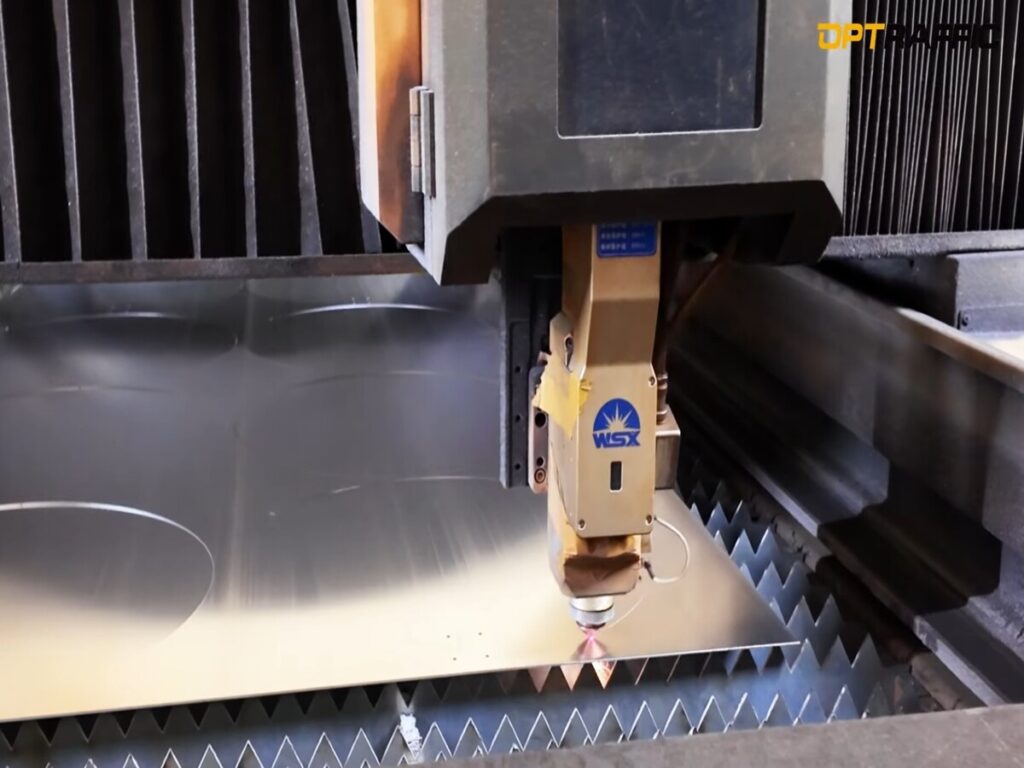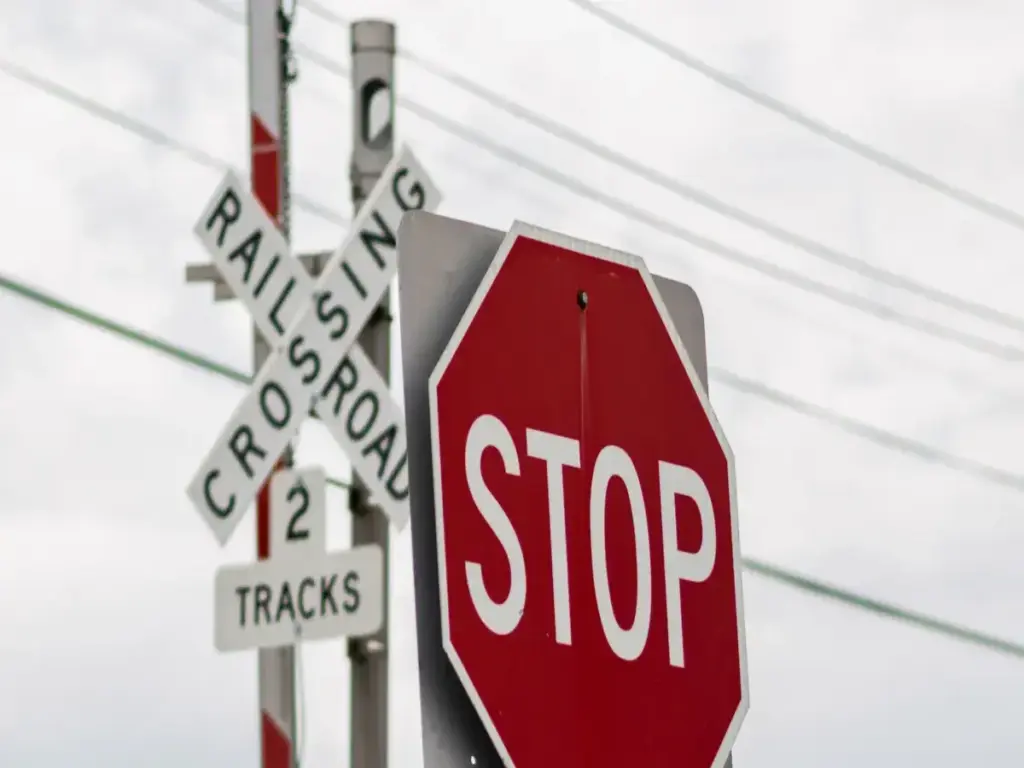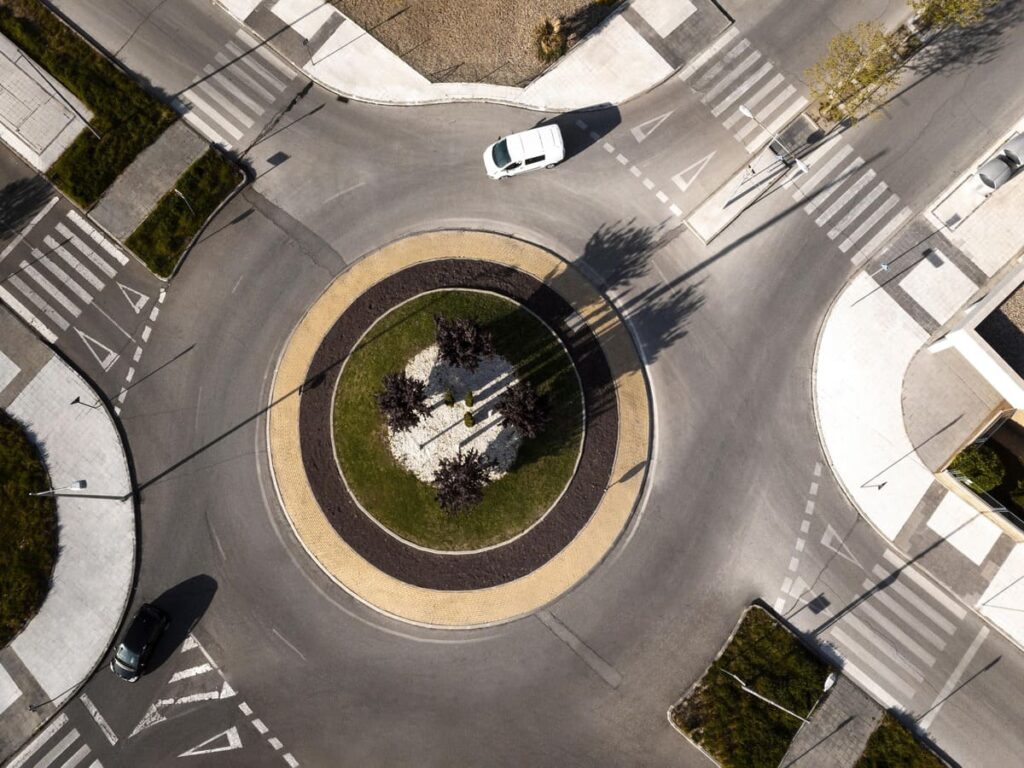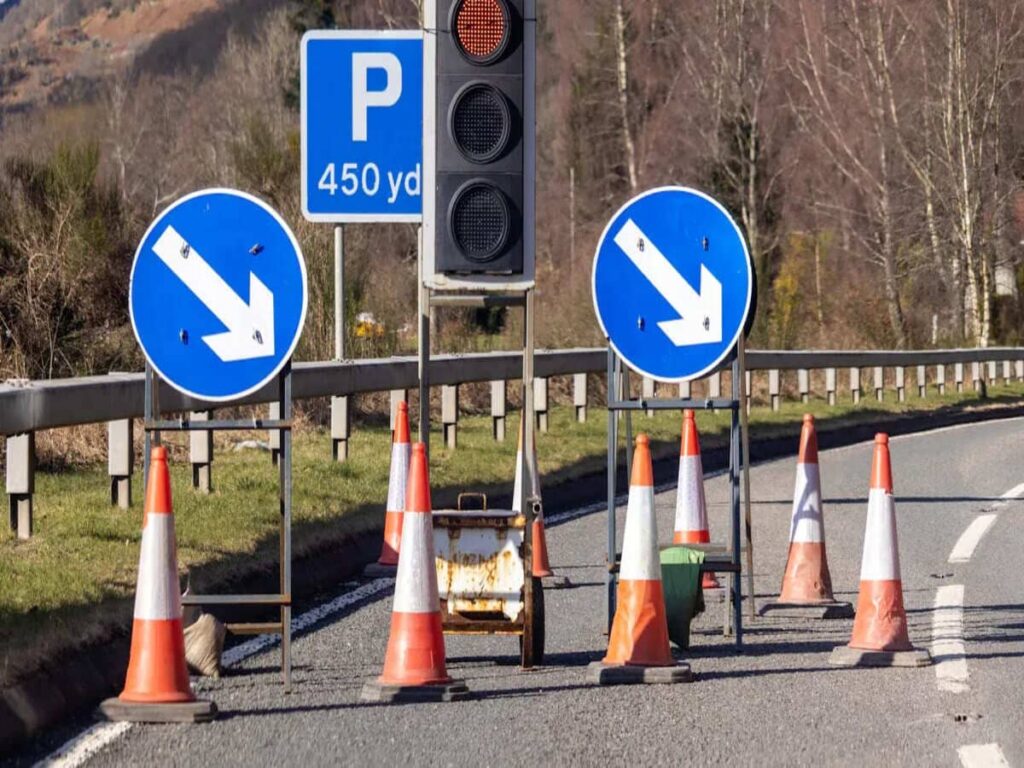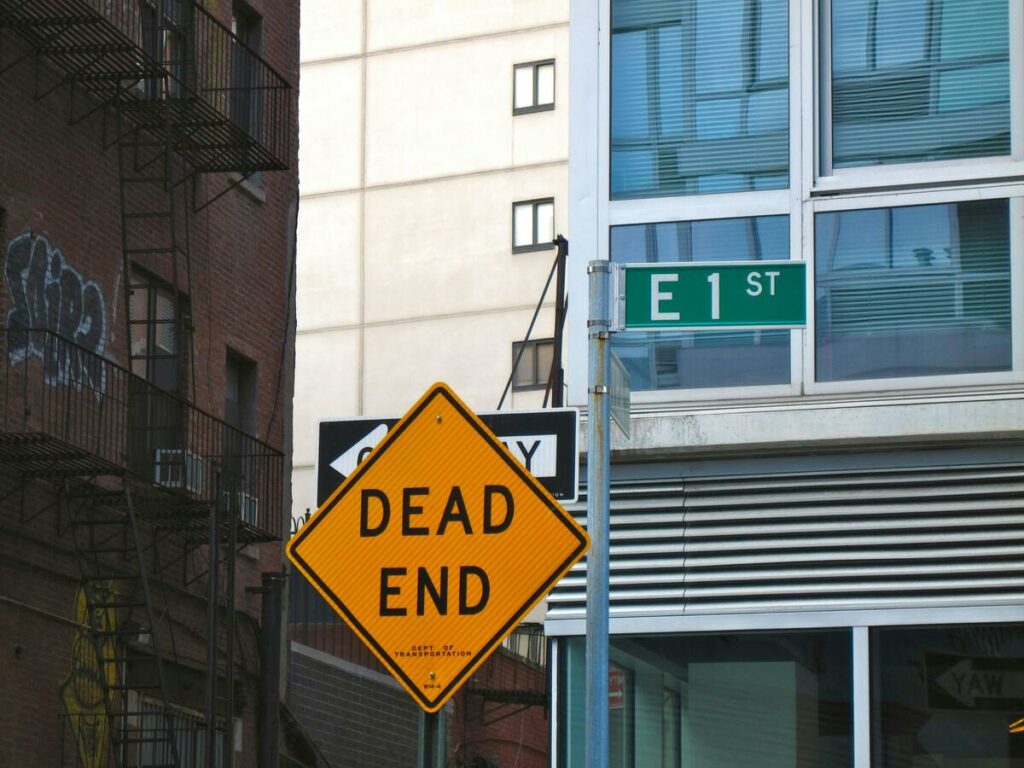
章 8 標識は、道路工場でのトラフィックを制御するために重要です. これらの交通安全標識は、ドライバーと歩行者がトリッキーな領域で安全に移動するのに役立ちます. 彼らは正しく使用すると労働者と道路利用者を安全に保ちます. 英国の交通規則に従います, 章で概説されているもののように 8, 標識が適切に配置され、適切に見られることを保証します. これらの規制を順守することは、物事を整理し続け、一時的な交通の変更中に危険を軽減するのに役立ちます.
OPTRAFFIC offers a wide range of safety signs for sale, designed to meet Chapter 8 guidelines for temporary traffic management. 耐久性, high-visibility signs help ensure compliance, 交通安全を改善します, and keep both workers and road users protected.
キーテイクアウト
- 章 8 signs are important for keeping roads safe during work. They show drivers and walkers how to avoid dangerous spots.
- The Traffic Signs Manual helps make sure signs are clear and in the right place. This stops confusion and keeps everyone safe.
- Workers need regular training to follow Chapter 8 ルール. Training teaches them why clear signs and good placement matter.
- Breaking Chapter 8 rules can cause legal trouble, money problems, and hurt your reputation. Always focus on safety and following the rules.
- Using shiny materials and good lights makes signs easier to see. これは特に夜や悪天候で役立ちます, 人々を安全に保つ.
Understanding Chapter 8 サイン
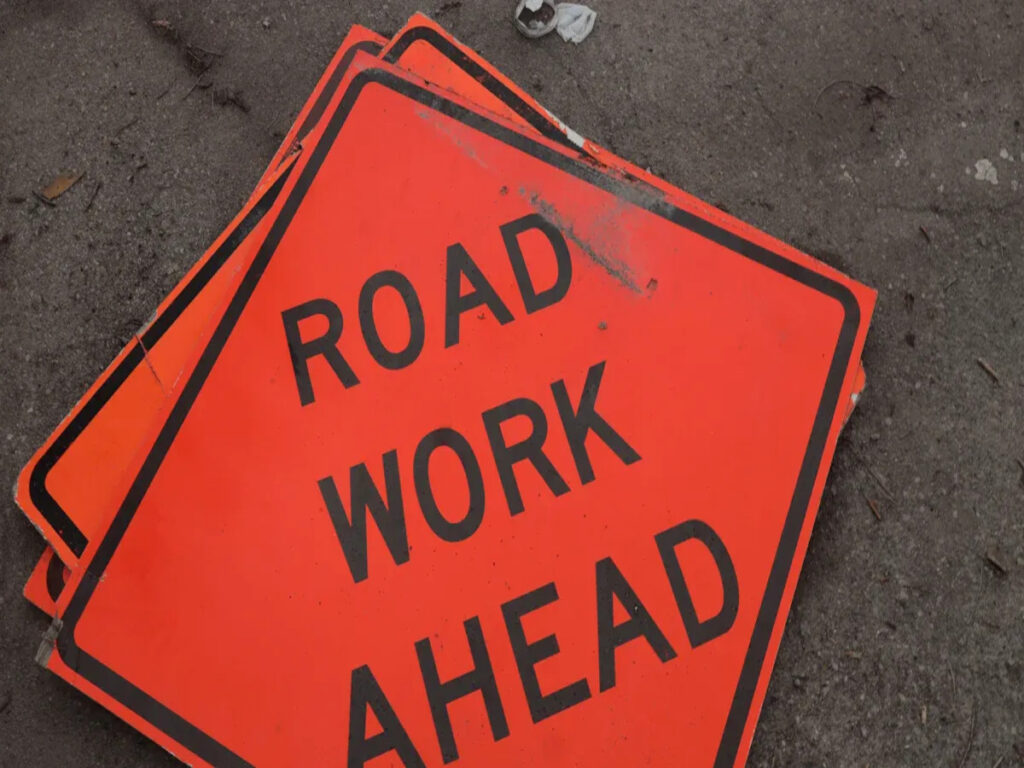
定義と目的
章 8 signs are very important for managing traffic safely. These traffic signs, explained in the 交通標識マニュアル, help during roadworks or disruptions. They follow rules like the 新しい道路とストリートワークス法 1991. Their main job is to guide drivers and walkers safely through tricky areas.
これを行うために, 章 8 signs must follow strict rules. They should be easy to see and may need extra plates. 例えば, a “Tree Cutting” sign helps explain tree work nearby. A simple work zone often needs at least eight signs to manage traffic well. These signs are not just about following rules; they make the area safer for everyone.
The Traffic Signs Manual has two main parts. The first part explains how to design temporary traffic setups. The second part focuses on planning and running these setups properly. 一緒に, these rules make sure Chapter 8 signs are used well to reduce risks and keep things organised.
Common Applications of Chapter 8 サイン
You will see Chapter 8 signs where temporary traffic control is needed. These road signs are used for roadworks, 車線閉鎖, と迂回. They are also helpful during utility or telecom works and events needing traffic changes. Local councils often use them for their projects.
The Traffic Signs Manual stresses good traffic management during construction. 章 8 signs improve safety and reduce delays by avoiding confusion. These signs can be adjusted for different needs, making them useful for contractors, 評議会, and traffic teams.
By following Chapter 8 ルール, you can use traffic signs correctly. This keeps workers and road users safe while traffic moves smoothly. Whether fixing a small road or working on a big highway, these signs are key to keeping everyone protected.
Regulations Governing Temporary Traffic Signs
Overview of the Traffic Signs Manual, 章 8
交通標識マニュアル, 章 8, is a helpful guide. It explains how to use temporary traffic signs safely. The manual covers these key points:
- Design and Layout of Roadworks: It shows how to set up roadworks to lower risks.
- Visibility and Signage: It stresses using clear signs and bright clothing for workers.
- Traffic Management Schemes: It gives tips to manage traffic and avoid jams.
- Lighting and Illumination: It highlights the need for good lighting in dark areas.
- 速度制限: It suggests lowering speeds to keep work zones safer.
- Safety Measures: It advises using cones and barriers to protect everyone.
これらのルールに従うことによって, you can use traffic signs properly. This makes roads safer and keeps traffic moving smoothly.
Role of TSRGD in Temporary Traffic Sign Design
The 交通標識の規制と一般的な指示 (tsrgd) 非常に重要です. They set the rules for designing temporary traffic signs. These rules apply to all UK roads.
tsrgd ensures signs are the right size, 形, と色. 例えば, signs must be big enough for drivers to see clearly. They also need standard symbols and words to avoid confusion. これは、すべての人にとって道路をより安全にするのに役立ちます.
The rules also explain where to place signs. Signs should be far enough from roadworks to give drivers time to react. これらのルールに従うことによって, your signs will meet legal standards and improve safety.
BS 8442:2015 Standards for Signage
BS 8442:2015 explains how to make and care for traffic signs. These rules ensure signs stay safe and useful. キーポイントには含まれます:
- 標識は正しく設置されなければなりません, with small distance changes allowed.
- Keep signs clear by removing plants or objects blocking them.
- Limit posts on footpaths to avoid risks for walkers in towns.
- Clean and check signs often to keep them working well.
- Follow British Standard No 873 when making signs.
これらの基準に従うことにより, your signs will be safe and reliable. This protects road users and helps you avoid breaking the rules.
Key Elements of Chapter 8 コンプライアンス
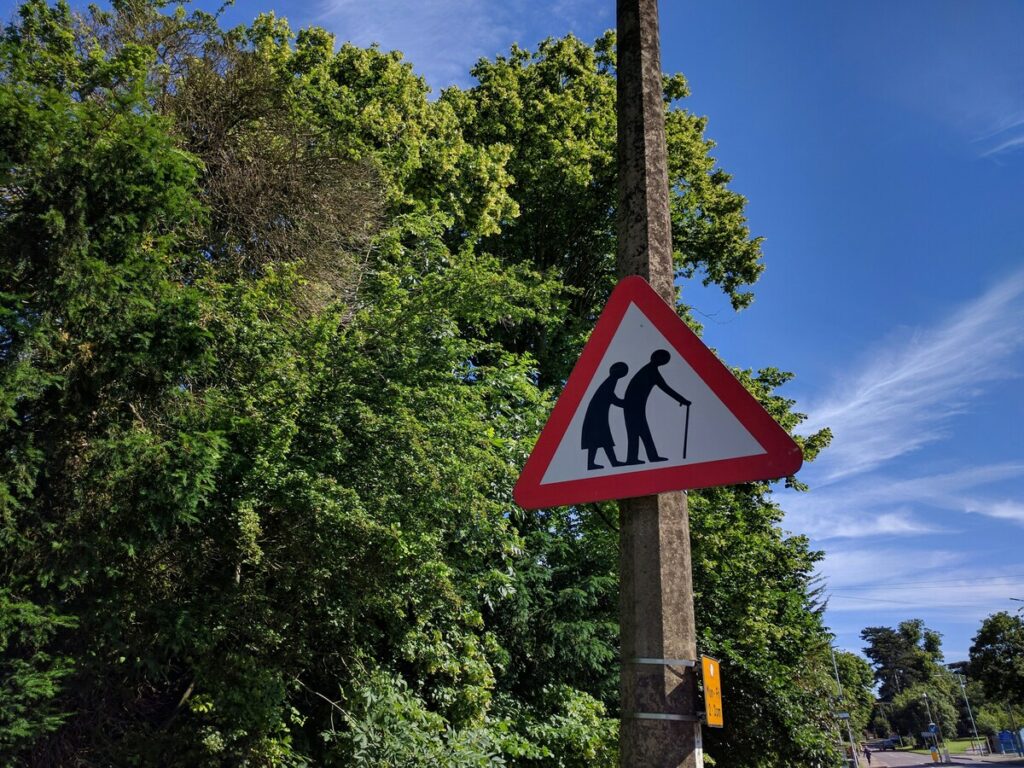
Design and Layout Requirements
Temporary traffic signs must be designed for safety and clarity. They need to follow strict rules to work well and be seen. 英国規格 8442:2015 explains how to make signs safe and visible. These rules match the Traffic Signs Regulations and General Directions (tsrgd). TSRGD sets rules for sign size, 形, and where to place them.
Here’s a simple summary of the main rules:
| 要件 | 説明 |
|---|---|
| 反射率 | Signs must reflect light to be easily seen. |
| 標識の規格 | Signs must meet TSRGD rules to be correct. |
| 材質仕様 | Use R1/R2 reflective materials for towns; 高速道路用のR3B. |
| 安全上の考慮事項 | Reflective parts must follow British Standards, except black areas. |
Signs must also be placed where drivers can see them clearly. This gives drivers enough time to react, みんなの安全を守る.
Visibility and Reflectivity Standards
Good visibility is key for temporary traffic signs to work well. Signs should reflect light so they can be seen at night or in dim light. Materials like R1 and R2 grades are used for city and countryside roads. On fast highways, R3B grade materials are better for visibility. These materials help drivers notice signs from far away, making work zones safer.
To keep signs visible, clean them and remove anything blocking them, like plants. Check signs often to ensure they stay in good condition. Reflective parts must meet BS 8442:2015 ルール, which say all areas except black parts should reflect light properly.
Temporary Traffic Management Schemes
Temporary traffic plans help keep roads safe during roadworks or changes. These plans use signs to guide cars and people through work areas. By following Chapter 8 ルール, you can make plans that avoid confusion and delays.
Using well-planned traffic schemes protects workers, 交通渋滞を減らす, and keeps vehicles moving smoothly.
Lighting and Illumination Guidelines
Good lighting helps signs stay visible in dim conditions. This is important at night or during bad weather. Bright signs guide drivers and walkers safely through work zones. 章 8 suggests using reflective materials and extra lights to improve visibility.
Research shows brightness is key for reading signs clearly. 例えば:
- A study found the lowest brightness needed to read overhead signs.
- Tests showed reflective signs should suit most night drivers, 特に古いもの.
- Brightness levels of 3.9 そして 6.9 cd/m² work best for ages 55 そして 65.
これらのルールを満たすため, use reflective materials like R1, R2, or R3B. 速い道路で, add portable lights or LED beacons for better visibility. Clean and check signs often to keep lighting effective during the project.
Speed Limits and Safety Measures
Lower speed limits make work zones safer for everyone. Slower speeds reduce accidents and protect workers and drivers. 章 8 says speed limits should match the road type and work being done.
使用 Variable Speed Limit (VSL) システム can help. These systems cut crashes by 16% and improve traffic flow by 3–5%. Clear speed limit signs create safer roads and fewer delays.
Temporary signs are key to enforcing speed rules. Place speed signs where drivers can see them early. のような記号を追加します “注意: Roadworks Ahead” to warn drivers. Use cones, 障壁, and reflective markers to make the area even safer.
Practical Considerations for Using Chapter 8 サイン
Workforce Training and Certification
Training helps workers manage temporary traffic safely. Teams must learn to set up and care for signs following 章 8 ルール. Certification programmes, からのもののように National Highways Sector Scheme (NHSS), teach skills for safe roadwork management.
Workers should also know why visibility and reflectivity matter. Training should show how to place signs properly and keep them clean. Refresher courses help workers stay updated on new rules and methods.
Health and Safety Protocols
Safety at roadworks must always come first. Start by checking for risks and making a safety plan. This plan should protect workers and drivers.
Give workers bright clothing and personal protective equipment (PPE) 安全のため. Place signs far enough for drivers to react in time. Use cones and barriers to make the area safer. Regular checks help fix safety problems quickly.
ヒント: 救急セットを近くに置いておく. Train workers to use it during emergencies.
コンプライアンスを確保するためのヒント
続く 章 8 rules keeps everyone safe and avoids fines. Buy signs from trusted suppliers like オプトラフィック, who meet BS 8442:2015 基準. Make sure traffic signs are clean, 反射的, そして見るのは簡単です.
Use a checklist to confirm signs follow the Traffic Signs Manual. Check their size, 輝度, と配置. Review traffic plans often to keep them effective. Hiring experts in traffic management can also ensure compliance.
覚えて: Breaking rules can cause accidents, 罰金, and harm your reputation. Always focus on safety and following regulations.
Consequences of Not Following Rules
フォローしていません 章 8 rules can cause big problems. These rules are made to keep workers and road users safe. Ignoring them can lead to accidents, 法的トラブル, and harm to your reputation.
1. Breaking the Law
If you don’t follow 章 8, 法的な問題に直面する可能性があります. Authorities might fine you or take you to court for unsafe practices. 例えば, if someone gets hurt because signs were wrong, あなたは責められるかもしれない. The 安全衛生担当役員 (HSE) might also investigate and give penalties.
注記: その間 章 8 isn’t always a legal rule, courts see it as the standard. Not following it could make it harder to defend yourself in court.
2. Losing Money
Ignoring 章 8 can cost a lot of money. Accidents caused by bad traffic signs might lead to paying compensation. Fixing broken tools or replacing bad signs adds to costs. Fines and lawyer fees can also hurt your budget.
3. Hurting Your Reputation
Your reputation is important in traffic management. Not following rules can make people lose trust in you. Clients and councils may not want to work with you if they think safety isn’t your priority. Bad news from accidents or fines can make things worse.
4. More Accidents
Bad signs can confuse drivers and cause crashes. Drivers might make sudden moves, putting everyone in danger. Workers in unsafe areas are more likely to get hurt. These problems can slow down projects and block traffic.
ヒント: Always follow the rules to avoid these problems. Spend money on good training, ツール, and plans to keep everyone safe and protect your business.
章 8 signs are key to keeping roads safe during changes. They help drivers and walkers move safely through temporary roadworks. Following the rules makes things safer for workers and road users.
覚えて: Training and planning are important for good traffic control. Spending time on these builds trust with clients and the public.
使用 章 8 signs properly to avoid accidents and save lives. Doing this also protects your organisation’s reputation.
よくある質問
What are Chapter 8 road signs made of?
章 8 signs are made from strong materials like aluminium or steel. These materials help the signs last through bad weather. Reflective layers, like R1, R2, or R3B, make them easier to see in dim light.
Are Chapter 8 signs legally required?
章 8 rules are not always a legal must. But they are seen as an important standard. Following them helps you stay safe and avoid trouble if accidents happen.
How often should Chapter 8 signs be inspected?
Check Chapter 8 signs often, especially for long projects. 汚れを探してください, ダメージ, またはそれらをブロックするもの. Clean and fix signs to keep them safe and easy to see.
What are Chapter 8 barriers and signs?
These refer to 障壁, コーン, サイン, and other traffic management equipment compliant with Chapter 8 基準, used to control traffic and protect work zones on roads.
Who is responsible for Chapter 8 コンプライアンス?
請負業者, traffic teams, and councils must follow Chapter 8 ルール. Good training and planning help everyone stay safe and follow the guidelines properly.
